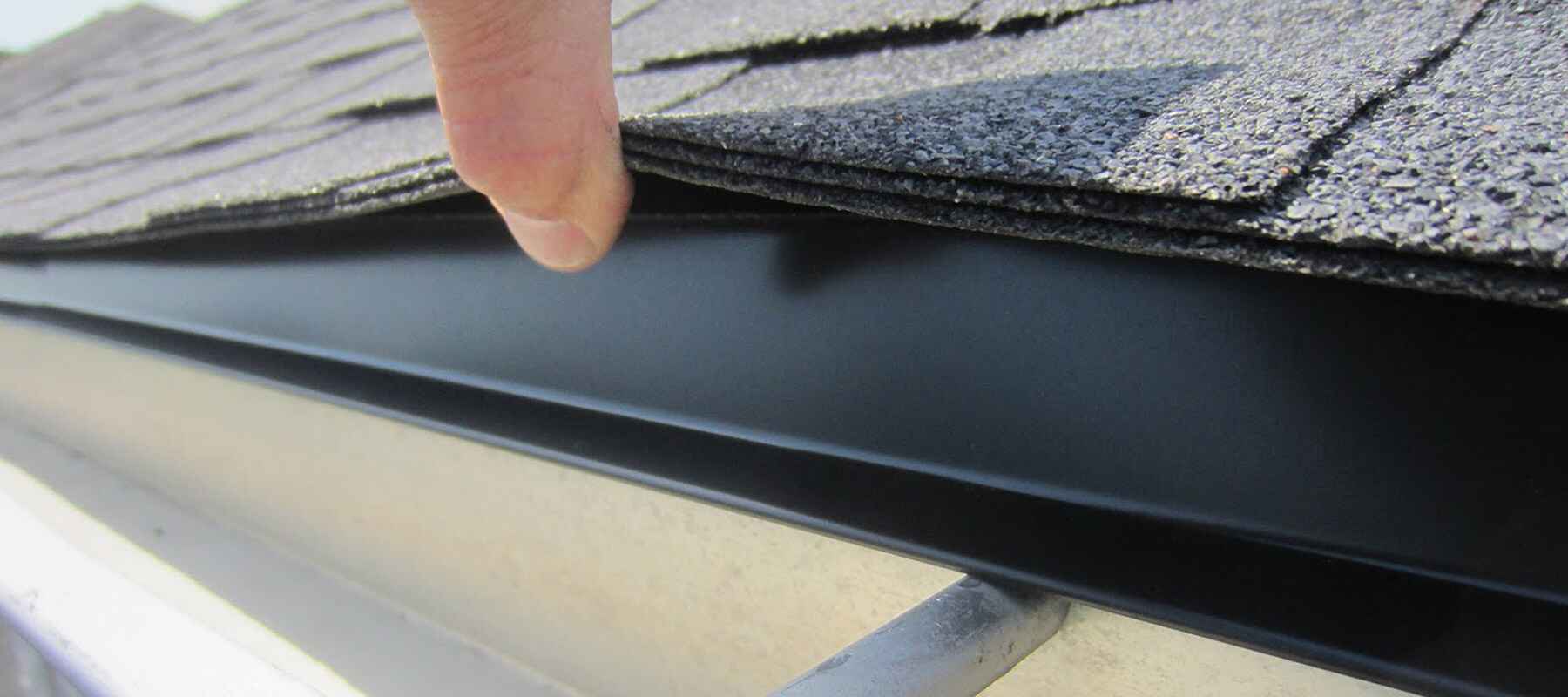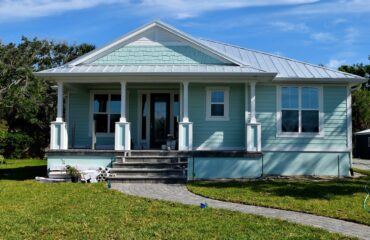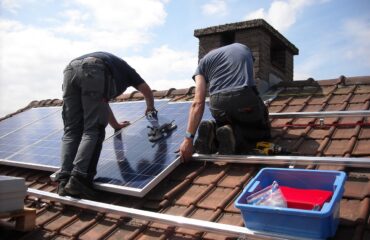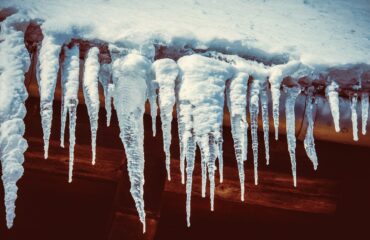A drip edge in roofing may seem minor, but its significance extends beyond its simple appearance. This unassuming component, often overlooked, plays a crucial role in protecting your home from water damage and ensuring the longevity of your roof. Understanding the purpose and function of a drip edge can lead to a better appreciation of the intricacies involved in maintaining a secure and reliable roofing system. By exploring the various aspects of a drip edge, with the guidance of a professional roofer, you will gain valuable insights into how this seemingly small feature can make a big difference in safeguarding your property.
Importance of a Drip Edge
Including a drip edge in roofing systems is essential for effectively managing water runoff and preventing potential structural damage caused by water infiltration. Acting as a barrier, the drip edge directs water away from the fascia and prevents it from seeping into the underlying structure. By safeguarding against water penetration, the drip edge is crucial in enhancing water protection for the roof and the entire building. This protection is paramount for ensuring the roof’s longevity by minimizing the risk of rot, mold, and other water-related issues that can compromise the structural integrity over time. Therefore, installing a drip edge is fundamental to preserving the roof’s longevity and structural stability.
Components of a Drip Edge
To understand the structure and functionality of a drip edge in roofing, examining the key components contributing to effective water management and building protection is essential. The drip edge consists of two main parts: the vertical flange and the horizontal flange. The vertical flange is installed along the roof’s eaves, extending the roofing material over the edge, preventing water from seeping under and causing damage. Conversely, the horizontal flange helps direct water away from the fascia and onto the ground, facilitating proper water drainage. Together, these components work to safeguard the roof structure and foundation from water infiltration, ultimately prolonging the lifespan of the building.
Installation Process of Drip Edge
Commencing the installation process of a drip edge involves precise measurements and strategic positioning to ensure optimal functionality and protection for the roofing system. The drip edge is positioned along the eaves and gables of the roof, overhanging slightly to direct water away from the structure. This strategic placement helps prevent water damage by providing roof protection against moisture infiltration. During installation, the drip edge is secured with nails or screws, ensuring a tight fit against the roof deck. Adequately installed drip edges contribute significantly to the roof’s longevity by aiding in water diversion and directing rainwater away from the fascia and soffit, thus safeguarding the underlying structure from potential water-related issues.
Benefits of Having a Drip Edge
What advantages does a drip edge provide to a roofing system? A drip edge offers several benefits that contribute to the overall functionality and appearance of the roof.
– Water Protection: One of the primary advantages of a drip edge is its ability to direct water away from the roof deck, preventing water damage and leaks. This crucial feature helps maintain the roof structure’s integrity and prolongs its lifespan.
– Longevity: By safeguarding the roof edges from water infiltration and rot, a drip edge is vital in enhancing the roofing system’s longevity, reducing the need for frequent repairs or replacements.
– Aesthetics and Curb Appeal: Besides its functional benefits, a properly installed drip edge provides a finished look to the roof, enhancing its aesthetics and overall curb appeal.
Maintenance Tips for Drip Edge
Proper maintenance of the drip edge is essential to ensure its functionality and longevity, protect the roof edges from water damage, and enhance the roofing system’s overall performance. Regular inspections are crucial to maintaining the drip edge and checking for any signs of rust or corrosion. Rust prevention measures such as applying a rust-resistant coating can help extend the drip edge’s lifespan. Additionally, ensuring that the drip edge is securely fastened and debris-free is essential for optimal water runoff and gutter protection. Cleaning out gutters regularly to prevent clogs from affecting the drip edge’s performance is also recommended. Following these maintenance tips can help prolong the life and effectiveness of your roof’s drip edge.





